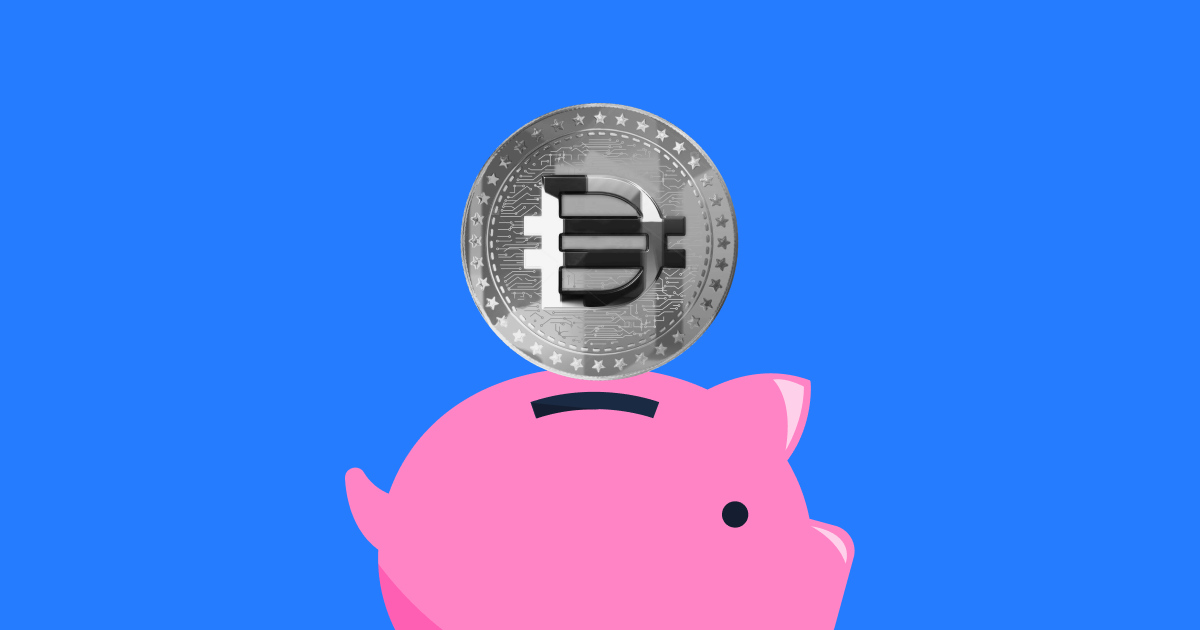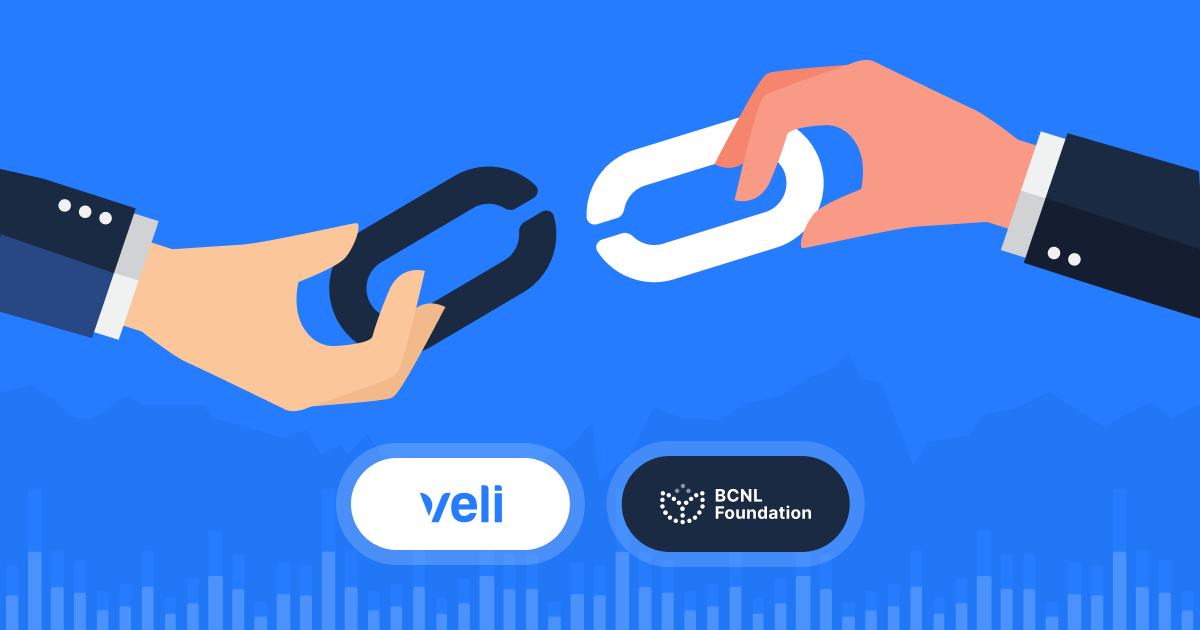Veli Partners with EIMF to Bring MiCA and Compliance Education to Financial...
- Advisors
- App
- Strategies
- About Strategies
- All Strategies
- Stable BTC (PBTC)
- Stable 4 Coins (P4C)
- Balanced ETH (PETH)
- Balanced ETH (SETH)
- Balanced Top 5 (PT5)
- Balanced Top 5 (ST5)
- Moderate Top 10 (PT10)
- Moderate Top 10 (ST10)
- Moderate Momentum Crossover (PMOM)
- Moderate Momentum Crossover (SMOM)
- Bitcoin & Altcoin Season (PBAS)
- Bitcoin & Altcoin Season (SBAS)
- Crypto Top 10 (CT10)
- API
- Learn
- About Us




